Home>Storage & Organization>Kitchen Organizing Tools>How To Organize Pots And Pans In Cabinet
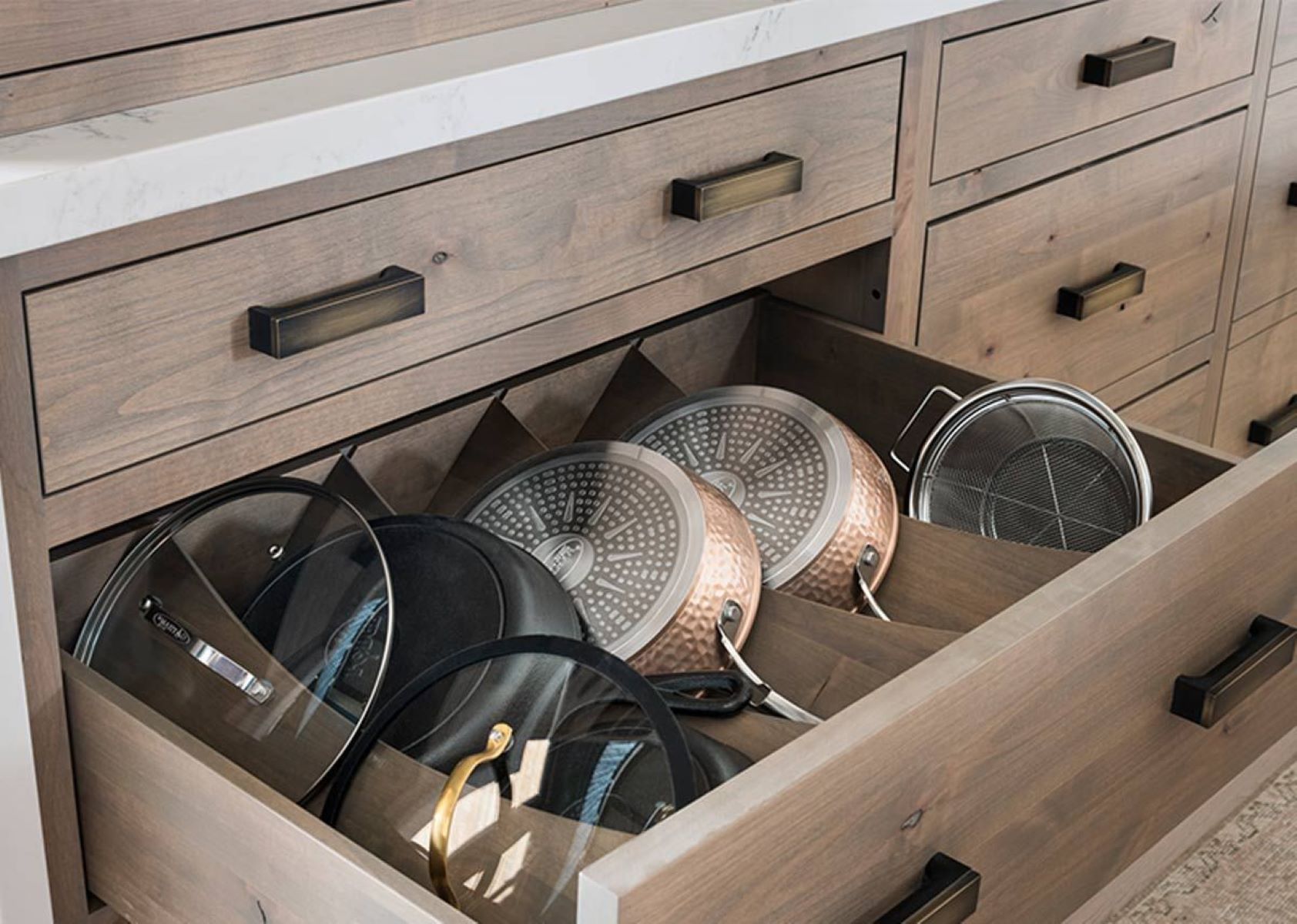

Kitchen Organizing Tools
How To Organize Pots And Pans In Cabinet
Modified: August 29, 2024
Discover the best kitchen organizing tools and tips for efficiently arranging pots and pans in your cabinet. Maximize space and streamline your kitchen with these expert organization ideas.
(Many of the links in this article redirect to a specific reviewed product. Your purchase of these products through affiliate links helps to generate commission for Storables.com, at no extra cost. Learn more)
Assessing Your Space
Before diving into organizing your pots and pans, it's crucial to assess the space you have available. Take a good look at your kitchen cabinets and consider the dimensions and layout. Measure the depth, width, and height of the cabinet where you plan to store your pots and pans. This will help you determine the types of organizers that will fit best in your space. Additionally, take note of any obstructions such as pipes or hinges that may affect how you can arrange your pots and pans. By understanding your space, you can make informed decisions about the best organization solutions for your kitchen.
Key Takeaways:
- Choose the right organizers like adjustable dividers and pull-out shelves to maximize space and efficiency when organizing pots and pans in your kitchen cabinet.
- Keep your pots and pans cabinet organized by arranging cookware by size, utilizing vertical space with stacking shelves and tension rods, and maintaining the system with regular evaluation and cleaning.
Choosing the Right Organizers
When it comes to organizing your pots and pans in a cabinet, selecting the right organizers is essential for maximizing space and efficiency. There are various types of organizers available, each serving a specific purpose. Here are some options to consider:
-
Adjustable Dividers: These versatile dividers can be repositioned to accommodate different sizes of pots and pans. They are ideal for customizing the space according to your specific needs.
-
Pull-Out Shelves: These shelves allow easy access to pots and pans by bringing them out of the cabinet, eliminating the need to rummage through stacks of cookware. They are especially beneficial for deep cabinets where items at the back tend to get lost.
-
Stacking Racks: Stacking racks are designed to neatly stack pots, pans, and lids, preventing them from becoming a jumbled mess. They are particularly useful for cabinets with limited space.
-
Hanging Racks: If you prefer to hang your pots and pans, consider installing a hanging rack inside the cabinet. This option not only saves space but also adds a decorative touch to your kitchen.
-
Lid Holders: Don't overlook the importance of organizing lids. Lid holders can be attached to the cabinet door or installed inside the cabinet to keep lids neatly in place.
By carefully selecting the right combination of organizers, you can create a well-organized and easily accessible storage solution for your pots and pans.
Arranging Pots and Pans by Size
Arranging your pots and pans by size is a practical approach to optimizing space and ensuring easy access to the cookware you use most frequently. Here's how to effectively organize them:
-
Group Similar Sizes Together: Start by grouping pots and pans of similar sizes together. This will make it easier to find the right cookware when you need it. For example, stack small saucepans and skillets together, and place larger pots in a separate section.
-
Utilize Adjustable Dividers: If your cabinet allows, use adjustable dividers to create sections for different sizes of pots and pans. This will help prevent smaller items from getting lost behind larger ones.
-
Consider Nesting: For pots and pans that can be nested, such as saucepans and their lids, nest them together to save space. This not only keeps them organized but also maximizes the available storage space in your cabinet.
-
Store Lids Separately: To avoid clutter and confusion, store lids separately from the pots and pans. Utilize lid holders or racks to keep them neatly organized and easily accessible.
By arranging your pots and pans by size, you can create a well-organized cabinet that makes meal preparation more efficient and enjoyable.
Utilizing Vertical Space
When it comes to organizing pots and pans in a cabinet, making the most of vertical space is a game-changer. Here are some effective ways to utilize the vertical space in your cabinet:
-
Stacking Shelves: Consider using stacking shelves to create multiple layers within your cabinet. These shelves allow you to stack pots, pans, and other cookware on top of each other, effectively utilizing the vertical space. This is particularly useful for cabinets with tall interiors, as it prevents wasted space above the stored items.
-
Tension Rods: Installing tension rods vertically inside the cabinet can provide a simple yet effective way to store lids and smaller pans. By placing the tension rods a few inches apart, you can create individual slots for lids, baking sheets, and cutting boards, keeping them upright and easy to access.
-
Hooks and Pegs: Utilize hooks or pegs on the interior walls of the cabinet to hang lightweight pots, pans, and utensils. This not only frees up shelf space but also maximizes the vertical area. Additionally, hanging items such as measuring cups and spoons can help keep them organized and easily within reach.
-
Over-the-Door Organizers: If your cabinet has a door, consider using an over-the-door organizer to take advantage of the vertical space on the inside of the door. These organizers typically feature pockets or racks that can hold lids, small pans, or even cooking utensils, providing additional storage without taking up shelf space.
By implementing these vertical storage solutions, you can make the most of the available space in your cabinet and create a more efficient and organized kitchen environment.
Use a pot lid organizer to keep lids in place. Stack pots and pans by size, with the largest at the bottom. Use a pan organizer to keep pans easily accessible.
Stacking vs. Hanging Options
When it comes to organizing pots and pans in a cabinet, choosing between stacking and hanging options can significantly impact the efficiency and accessibility of your cookware. Each method offers unique benefits, and the decision ultimately depends on your kitchen layout and personal preferences.
Stacking Options
Stacking pots and pans is a traditional method of organization that works well for cabinets with ample shelf space. Stacking allows you to neatly arrange cookware on top of each other, making use of the available horizontal space. Stacking racks or shelves can be used to create multiple layers within the cabinet, maximizing storage capacity. This method is particularly effective for cabinets with deep interiors, as it prevents wasted space above the stored items.
Hanging Options
Hanging pots and pans provides a space-saving solution that also adds a decorative touch to your kitchen. By installing a hanging rack inside the cabinet, you can free up shelf space and keep cookware easily accessible. Hanging options are ideal for kitchens with limited cabinet space, as they utilize the often-underutilized vertical area. Additionally, hanging racks can showcase your cookware, adding a stylish and organized look to your kitchen.
When deciding between stacking and hanging options, consider the layout of your kitchen cabinets, the amount of available space, and your personal preference for organization. You may even find that a combination of both methods works best for your specific needs, allowing you to maximize storage while keeping your pots and pans easily accessible.
Maintaining Organization
Once you have successfully organized your pots and pans in the cabinet, it's essential to establish a system for maintaining the organization. Without regular upkeep, the cabinet can quickly revert to a cluttered and disorganized state. Here are some tips for maintaining the organization of your pots and pans:
-
Regular Evaluation: Periodically assess the organization of your pots and pans cabinet. Take a few minutes to ensure that everything is still in its designated place and that the organizers are functioning as intended. This proactive approach can help prevent clutter from building up over time.
-
Clean as You Go: When using pots and pans, make it a habit to clean and return them to their designated spots immediately after use. This prevents them from piling up on countertops or in the sink, maintaining the organized look of your kitchen.
-
Adjust as Needed: As your cooking habits or cookware collection evolves, be open to adjusting the organization of your pots and pans cabinet. You may acquire new cookware or find that certain items are no longer used frequently. Adapting the organization to fit your current needs ensures that the cabinet remains functional and efficient.
-
Labeling: Consider labeling the designated spots for specific pots, pans, and lids. This can help household members or guests easily identify where each item belongs, promoting consistency in maintaining the organization.
-
Routine Cleaning: Take the time to clean the cabinet and organizers regularly. Wipe down the shelves, dividers, and any other storage accessories to keep the space clean and free from dust or debris.
By implementing these maintenance practices, you can ensure that your pots and pans cabinet remains organized and functional, providing a streamlined and efficient cooking experience.
Frequently Asked Questions about How To Organize Pots And Pans In Cabinet
Was this page helpful?
At Storables.com, we guarantee accurate and reliable information. Our content, validated by Expert Board Contributors, is crafted following stringent Editorial Policies. We're committed to providing you with well-researched, expert-backed insights for all your informational needs.
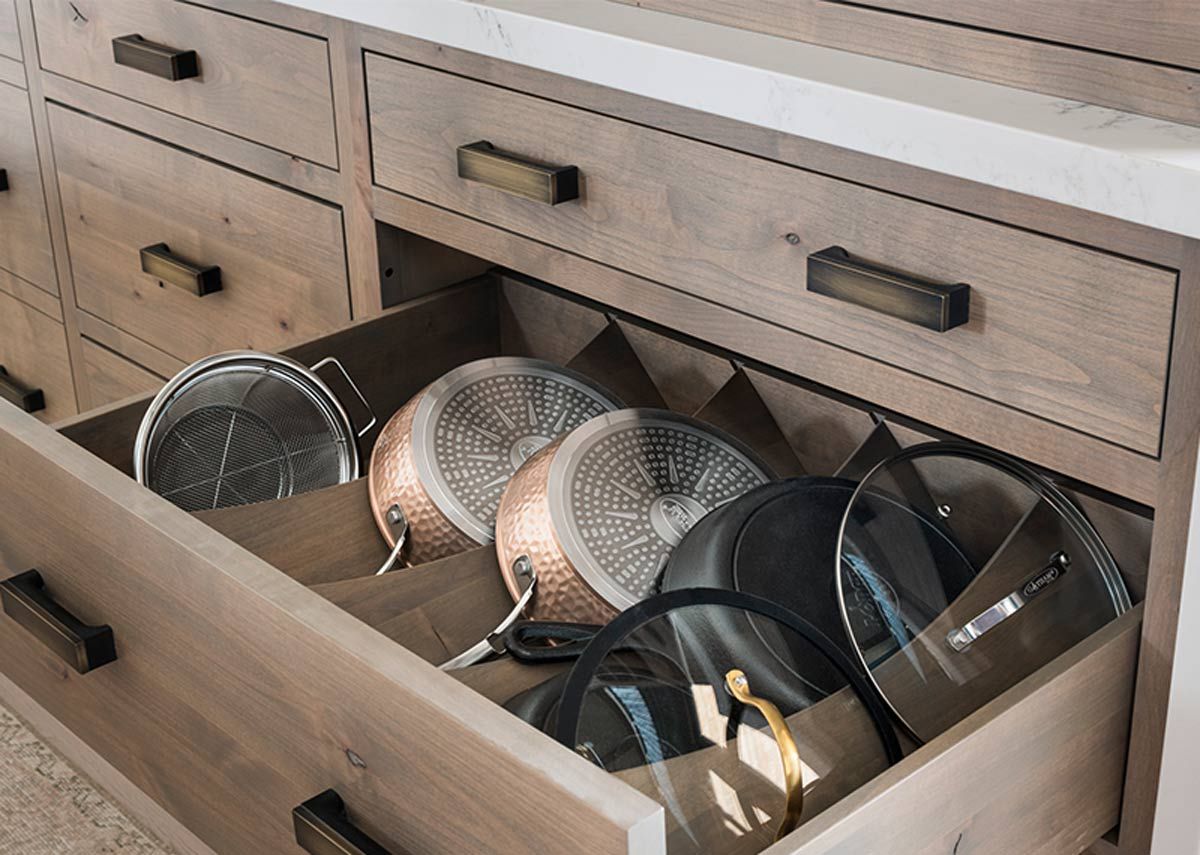
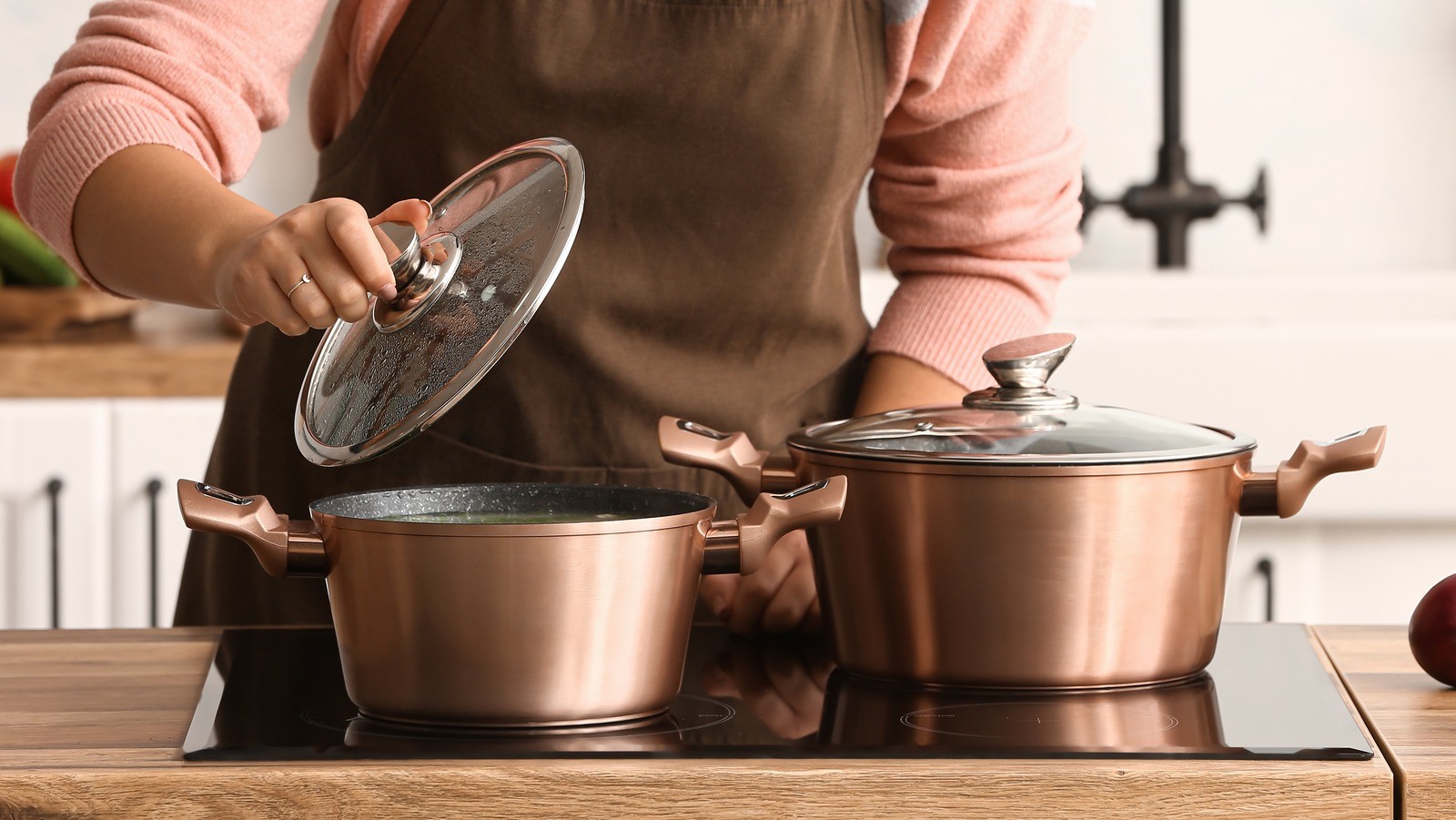
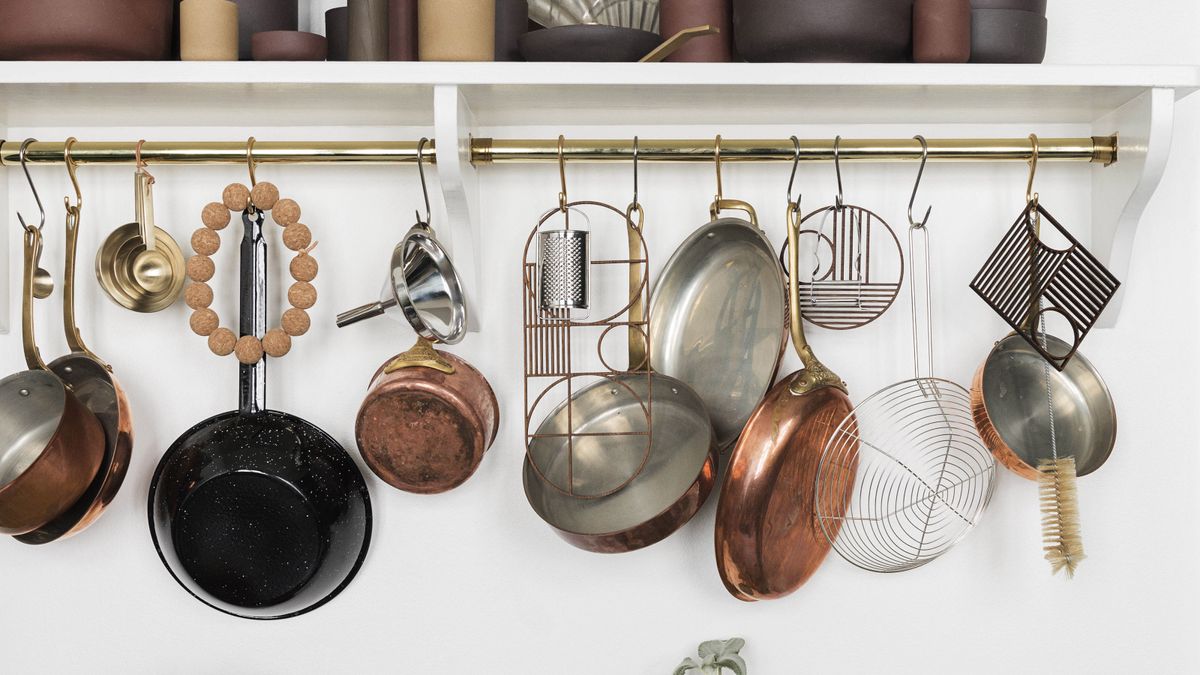
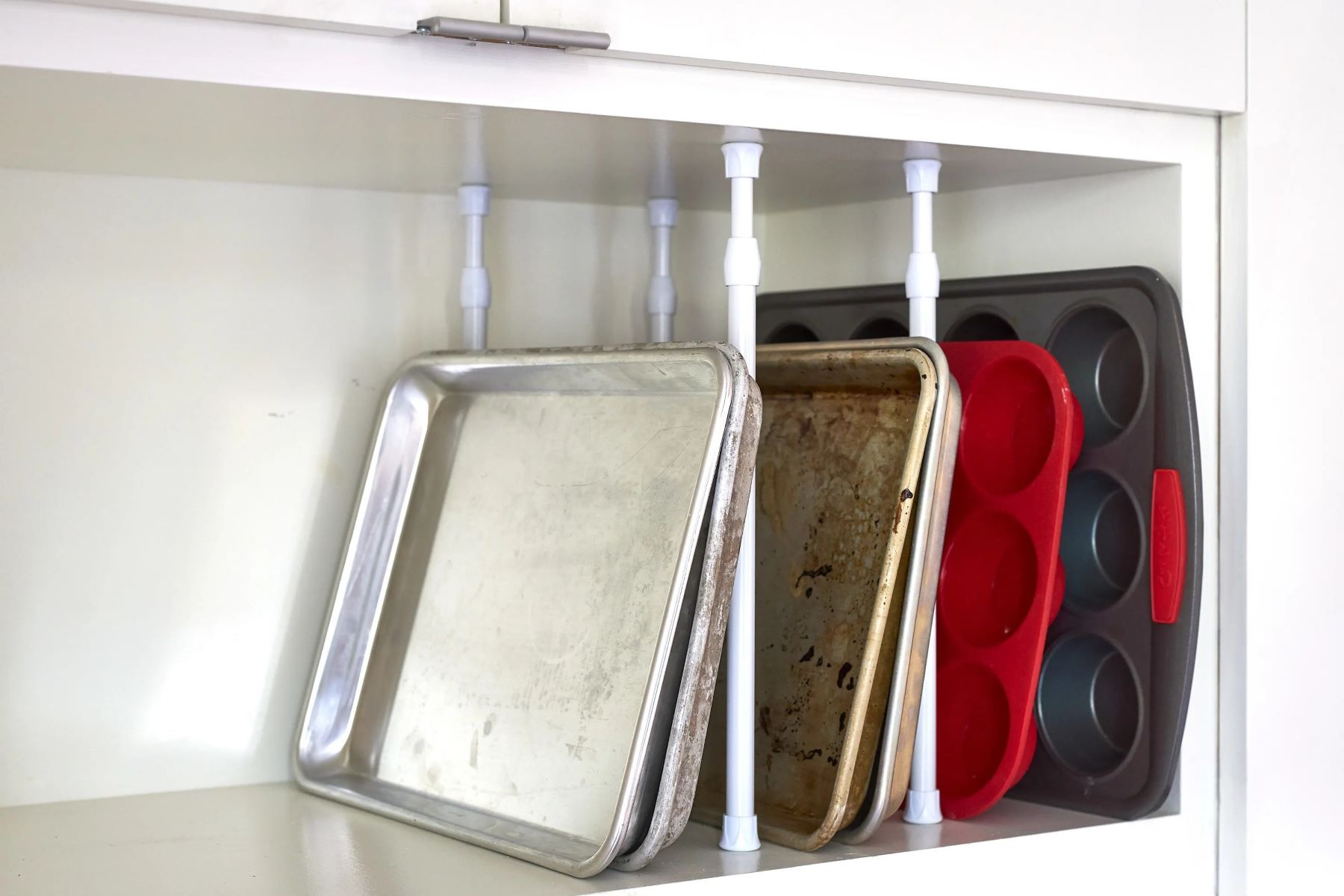
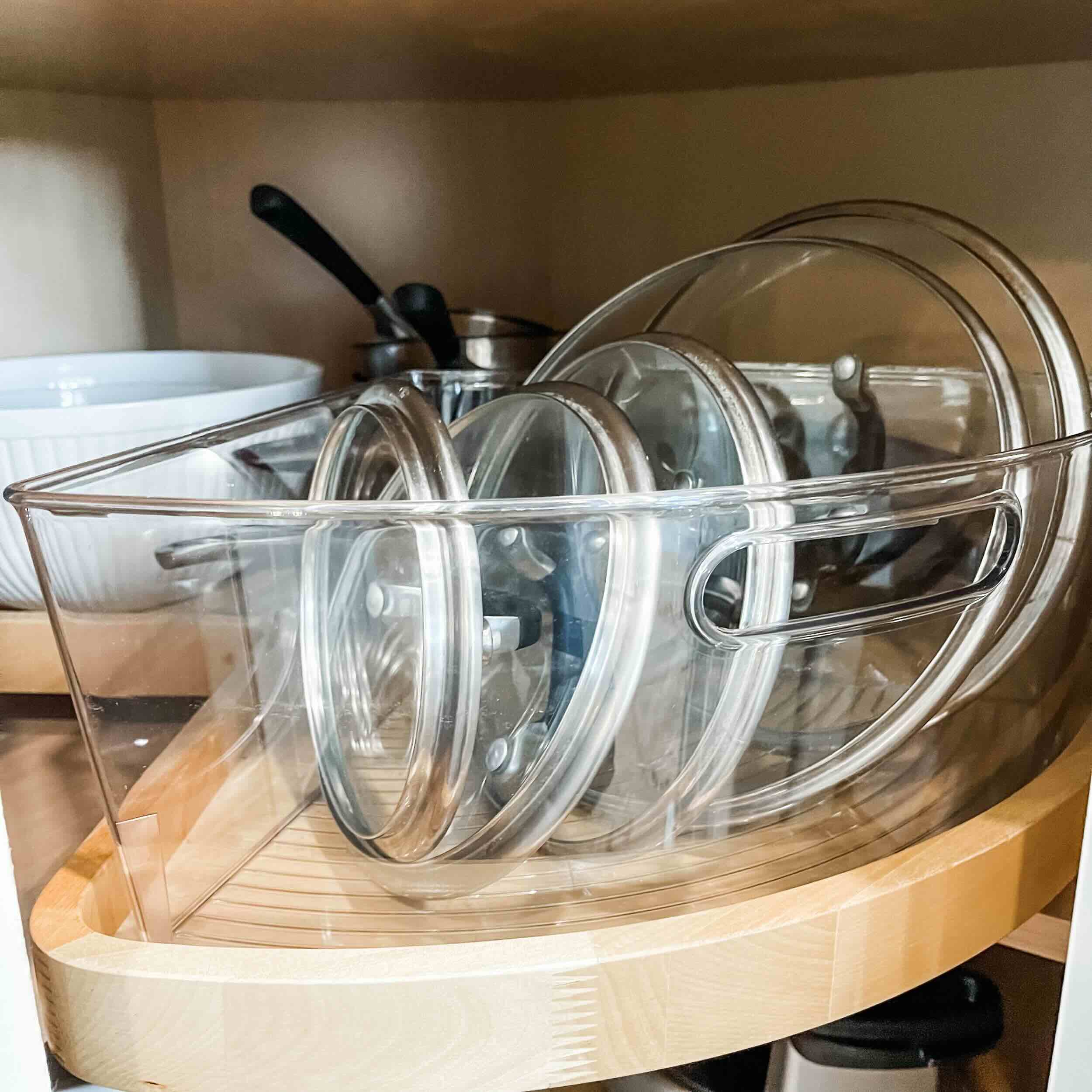
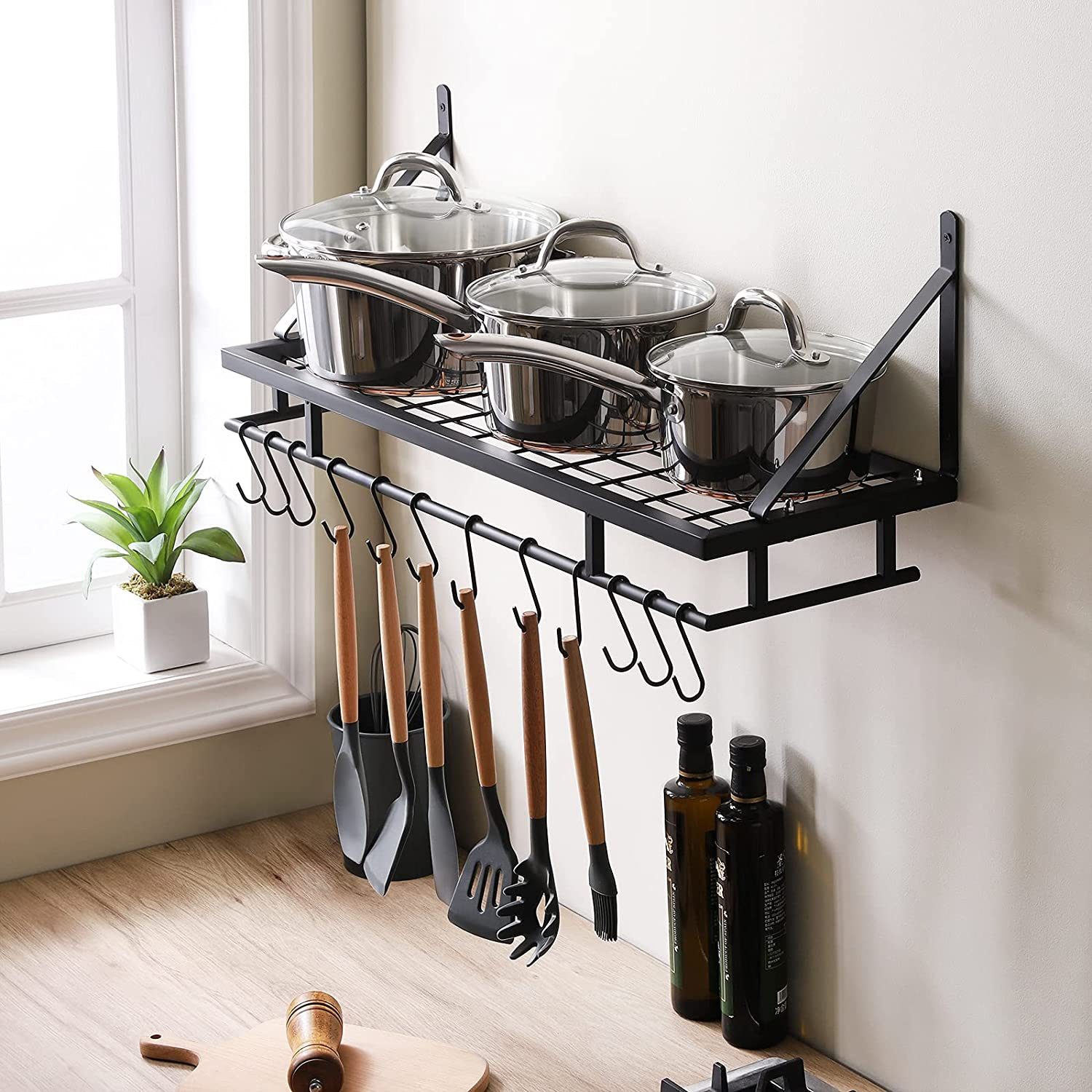
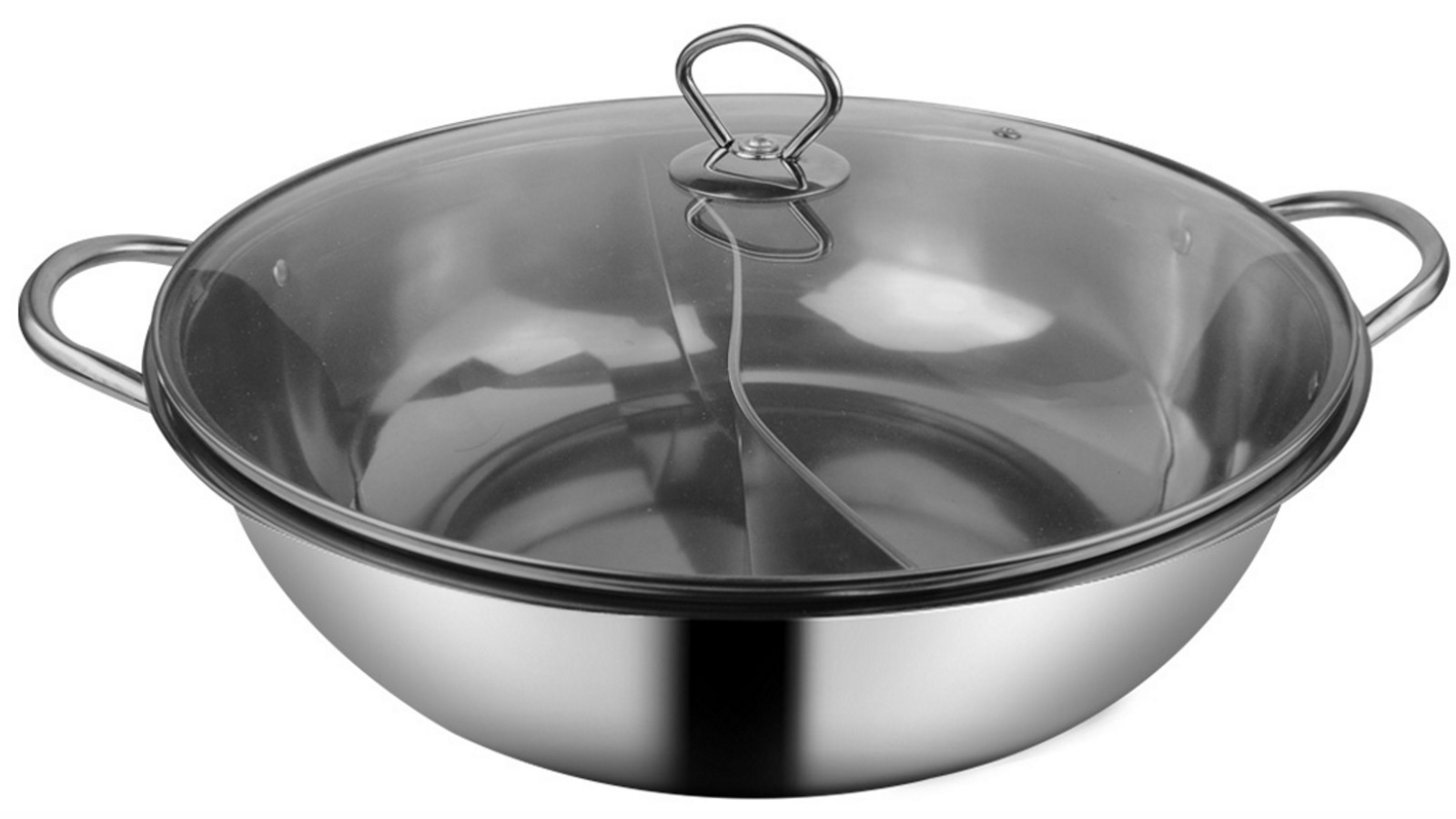
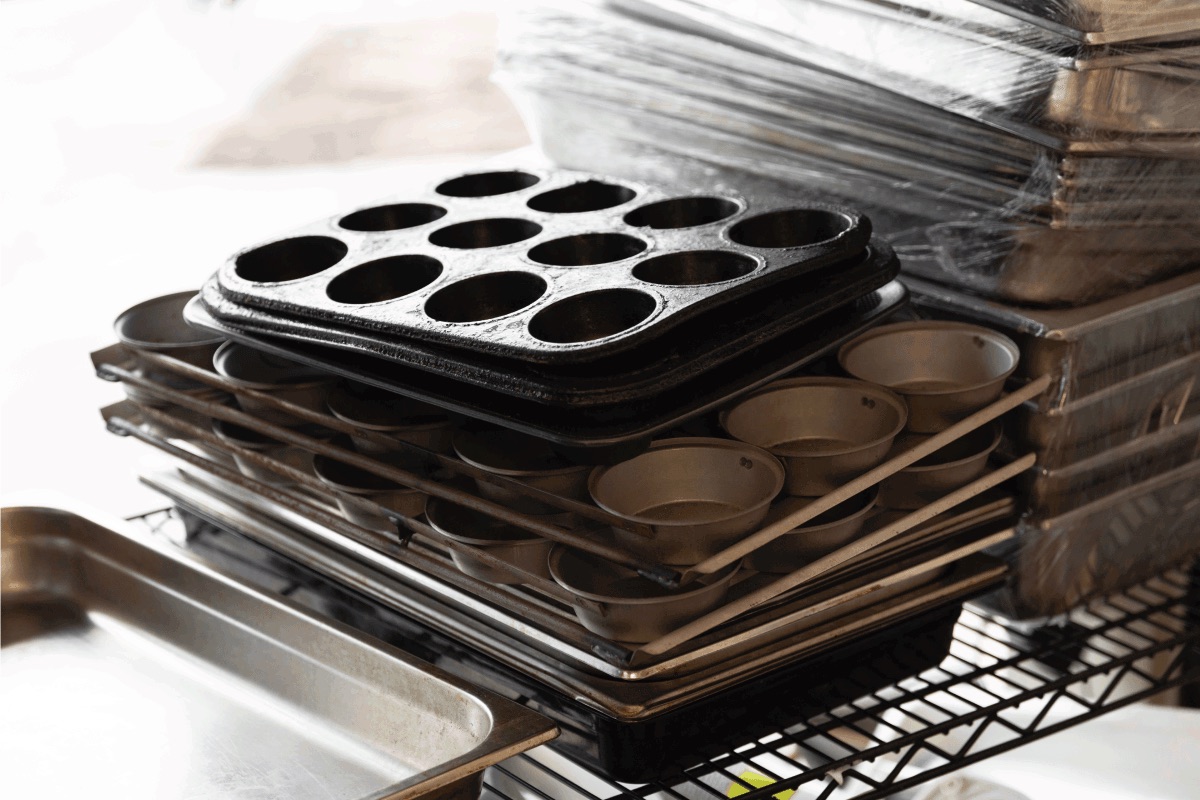
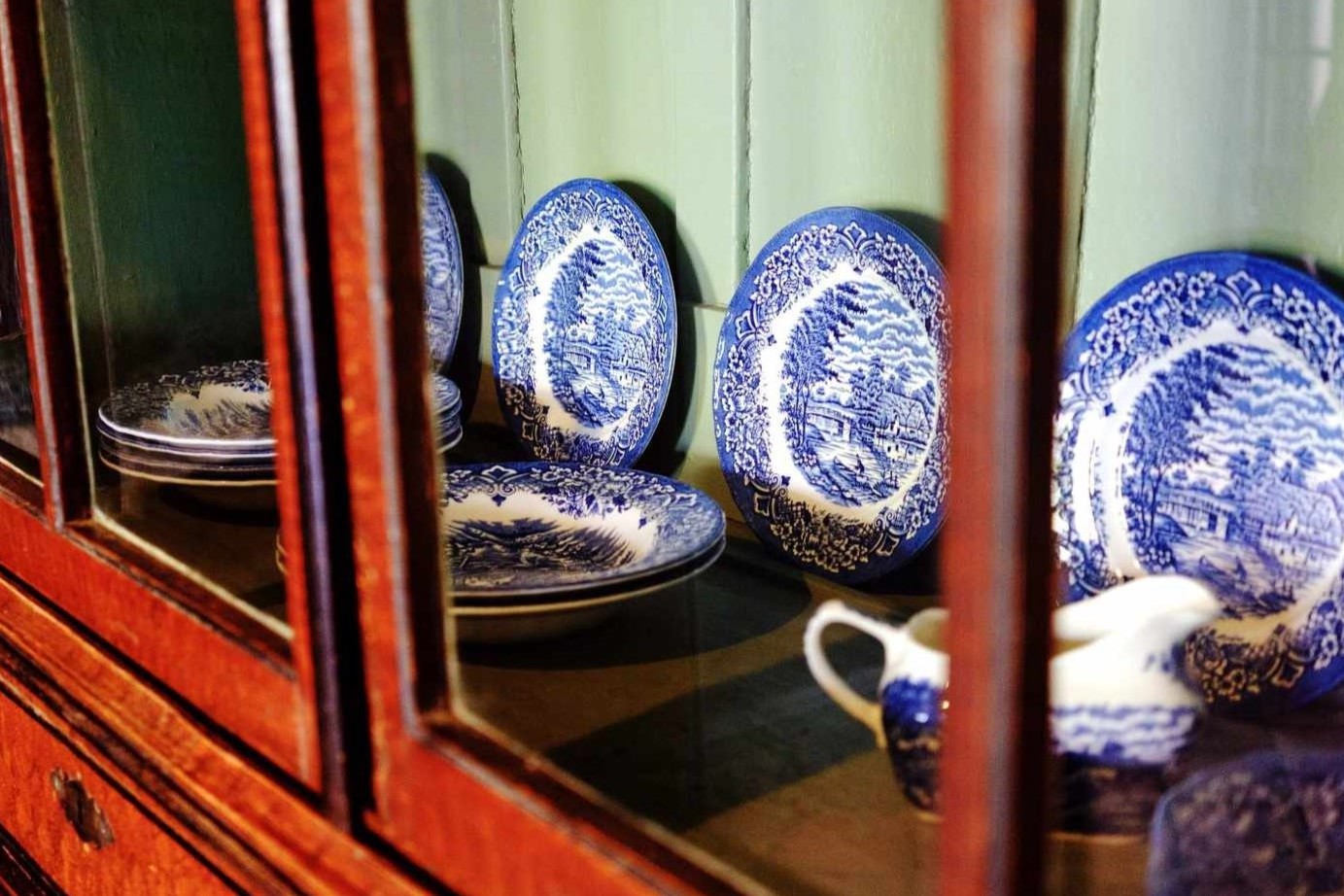
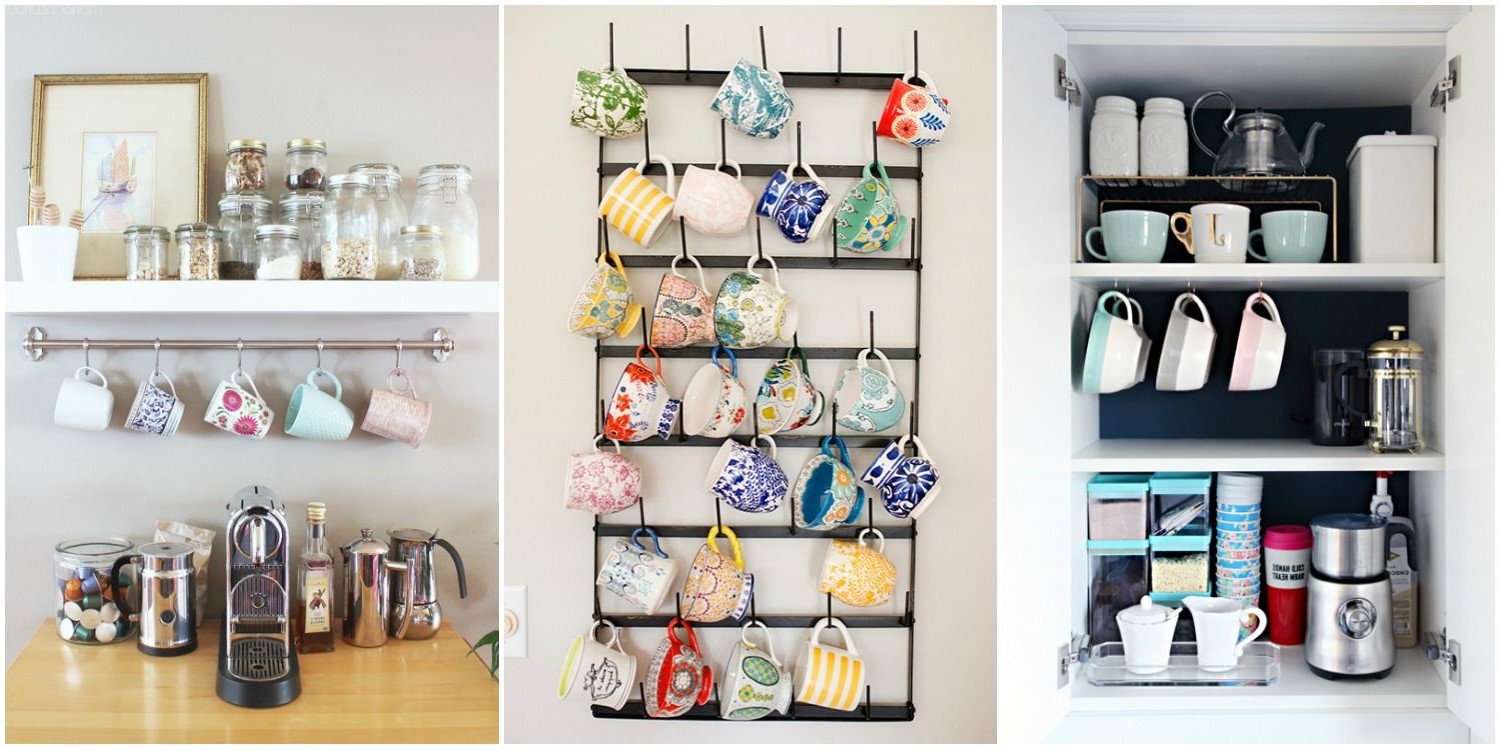
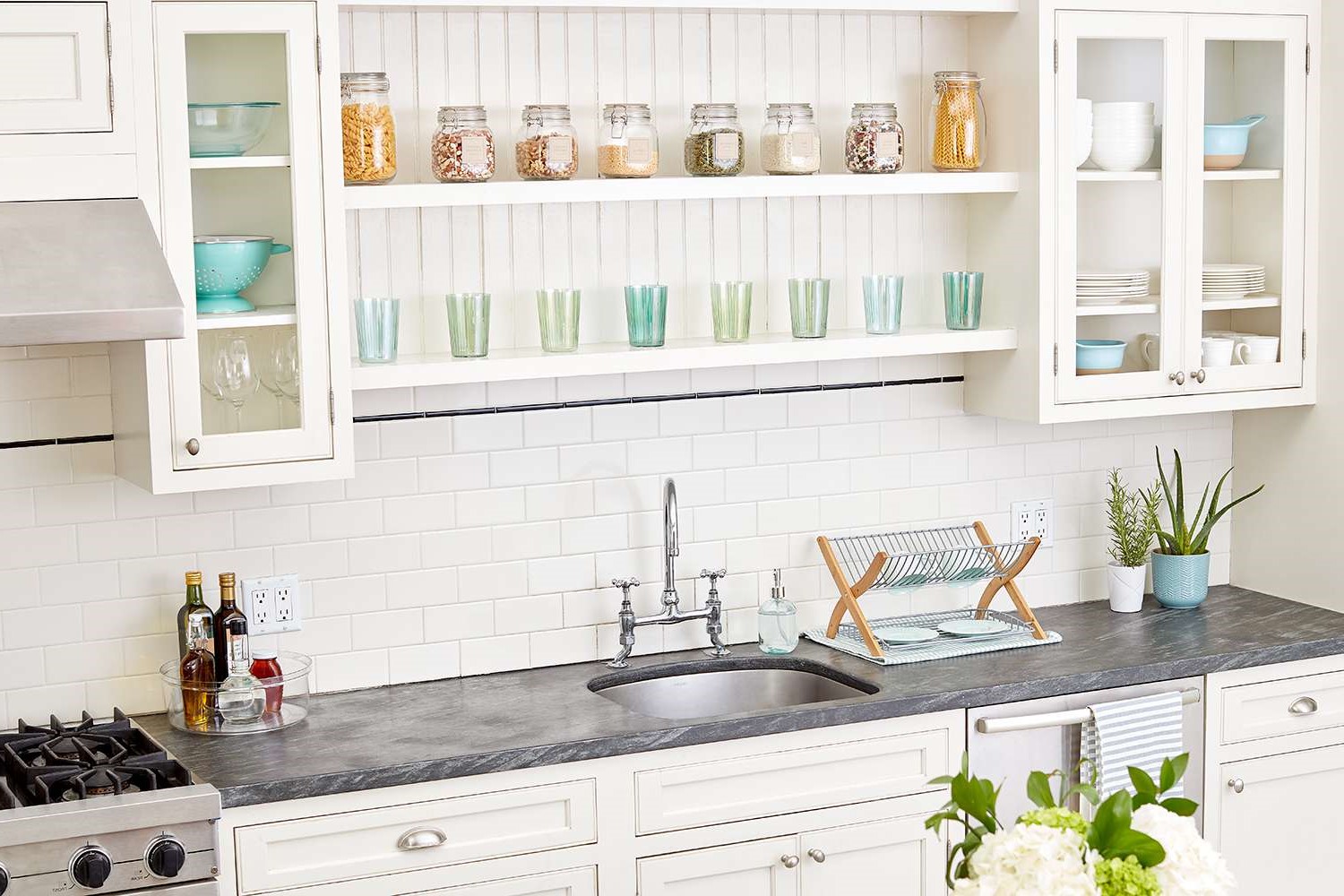
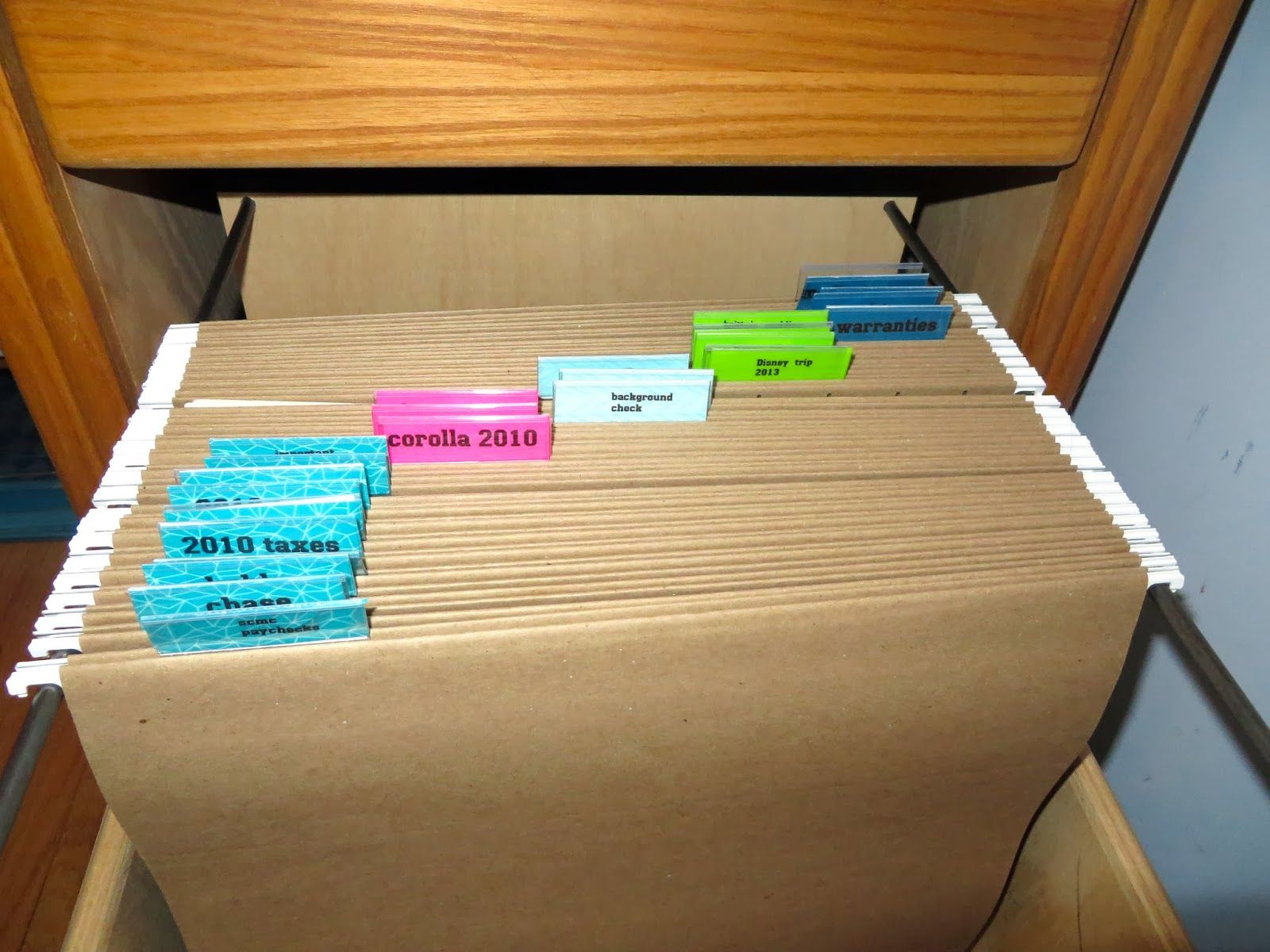
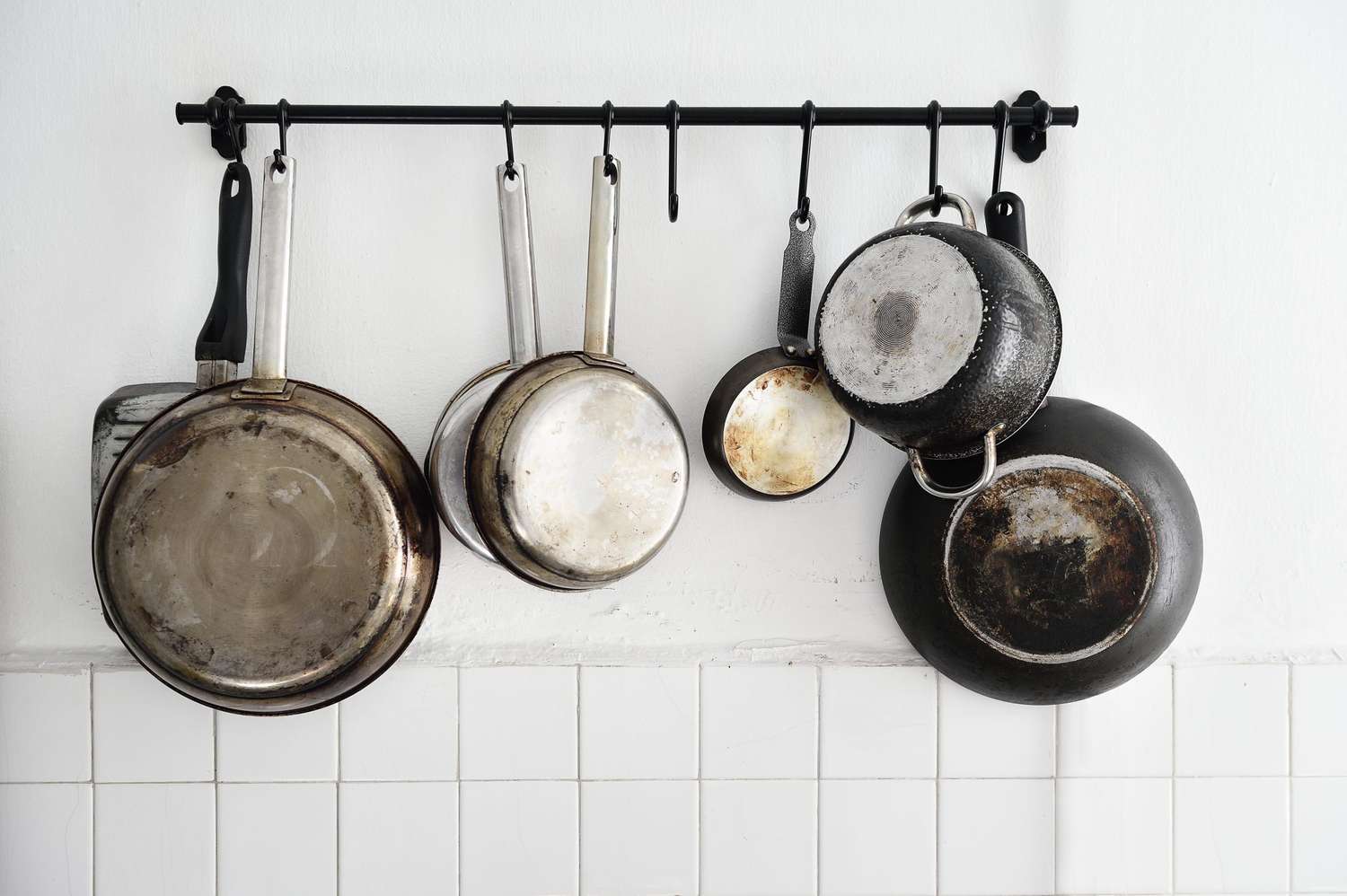
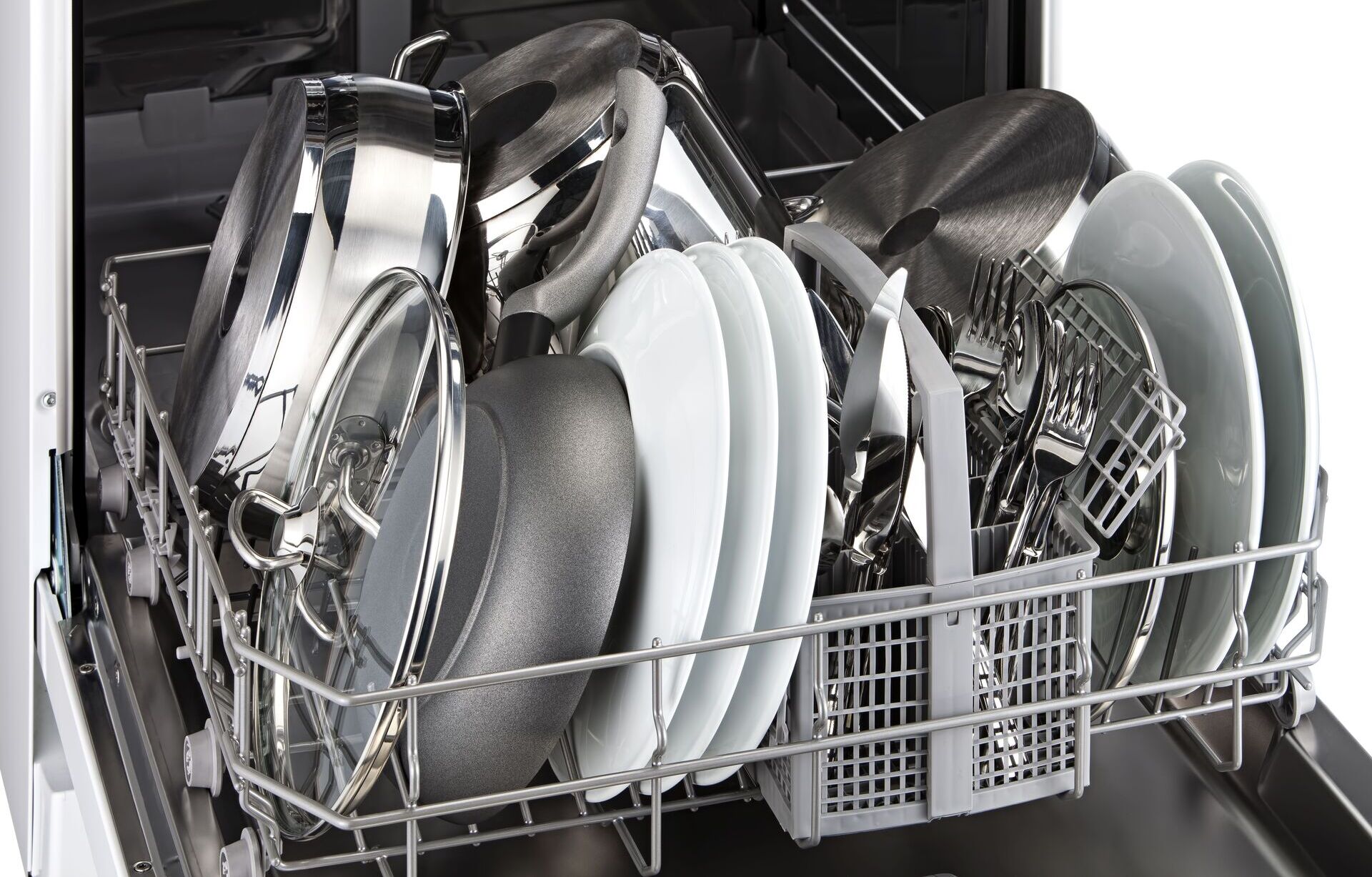

0 thoughts on “How To Organize Pots And Pans In Cabinet”